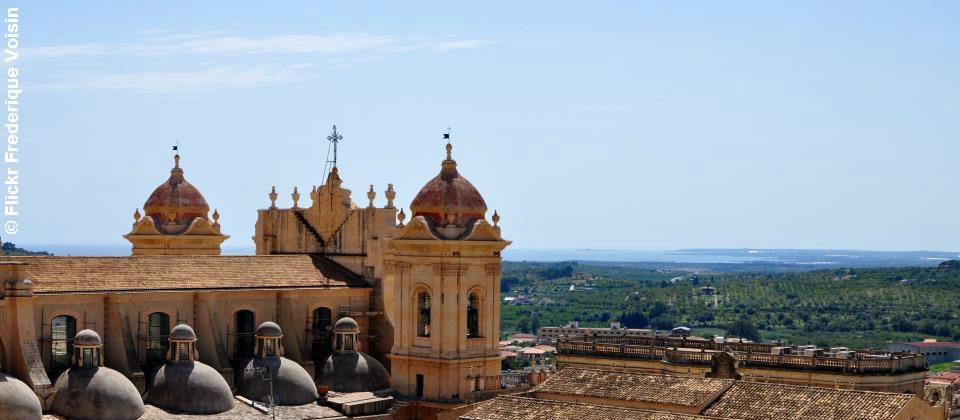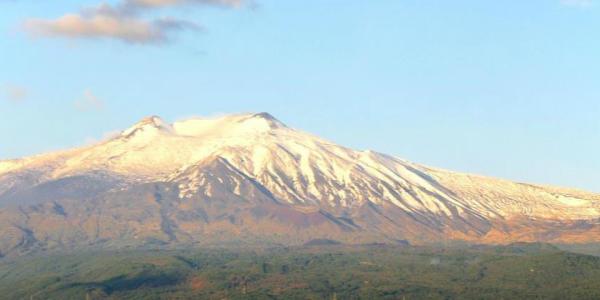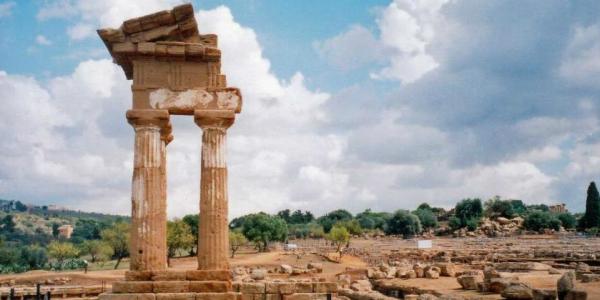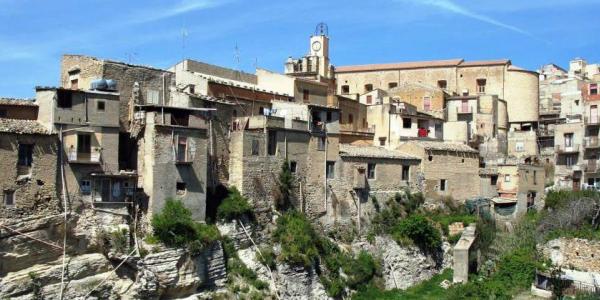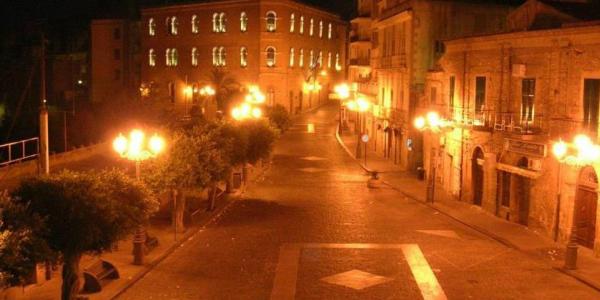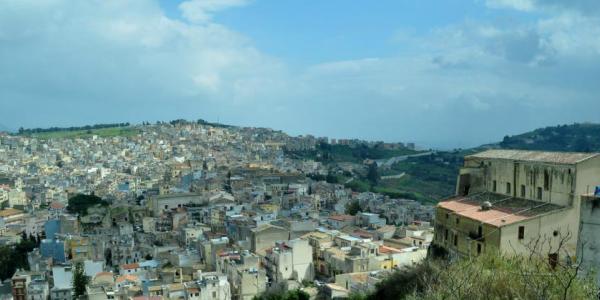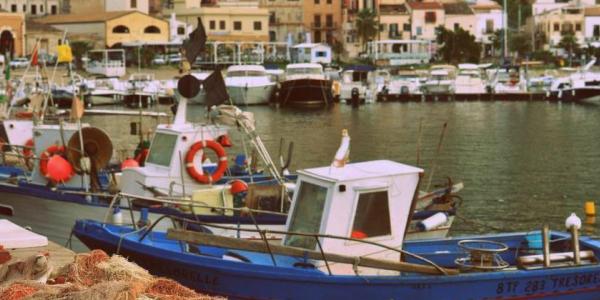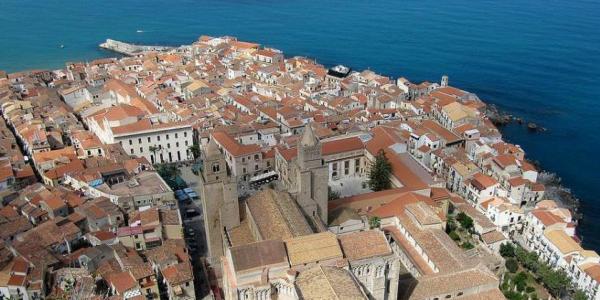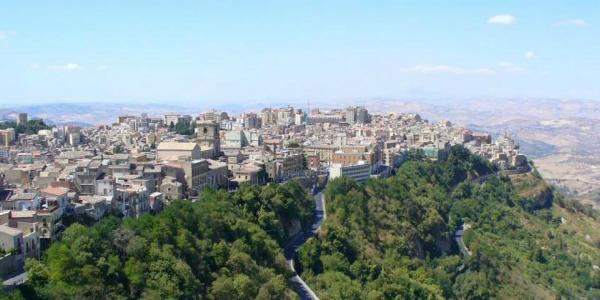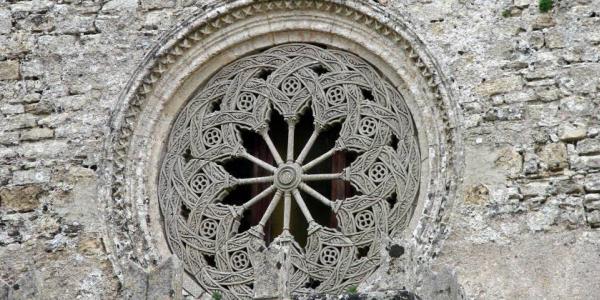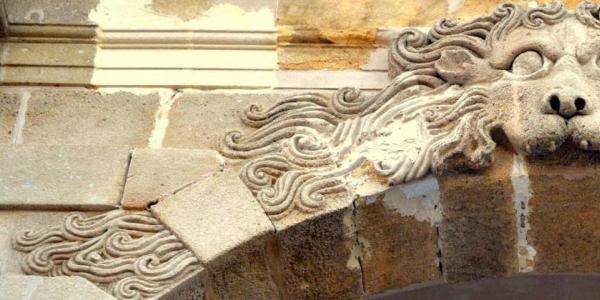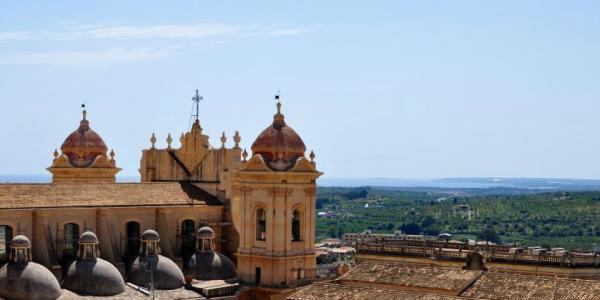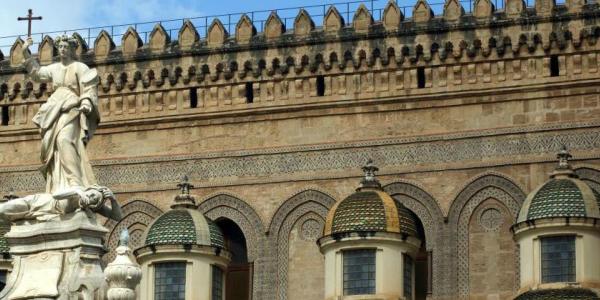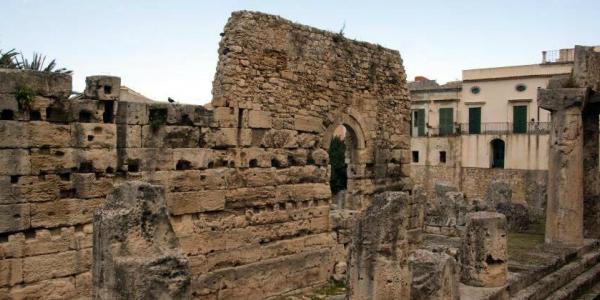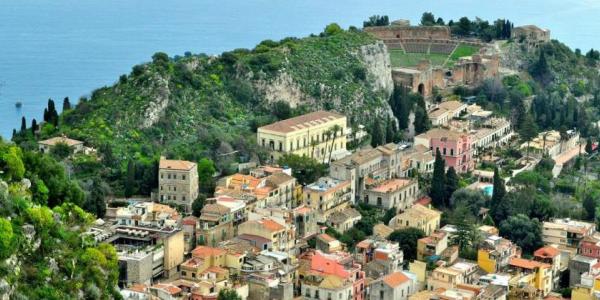A UNESCO World heritage city of great architectural and cultural beauty, Noto is the emblem of the wealth and pomp of the Baroque period in Sicily. It is situated in the south-west part of the Province of Syracuse at the foot of the Iblei Mountains and can trace its origins back to the Castelluccio civilization, who inhabited the area prior to the arrival of the Greek colonists. After it fell to Syracuse, Noto assimilated Hellenic customs and worship. Later it was ruled by the Romans, and later still by the Arabs, who turned it into a stronghold, gave it its current name and made it the capital of one of the three valleys (Val di Noto, Val Démone and Val di Mazara) into which they had divided Sicily. After two centuries of Muslim domination in 1090 Noto surrendered to Count Roger.
After the devastating earthquake of 1693 Noto was completely rebuilt further downstream with an innovative town plan with two precisely defined cities: one organized around two large squares with the seats of power and institutions, and the other, laid out in a grid pattern on the high plateau on top of the hill, for the people.
Nearby are the ruins of the ancient city and first sub-colony of Syracuse, Eloro, from which the very ancient Via Elorina takes its name, and of course Noto Antica, where visitors can explore the remains of the old city, still full of historical and architectural remnants of the period prior to the great earthquake, such as the Villa del Tellaro.
The Noto region, which includes the villages of Avola, Pachino, Portopalo di Capo Passero and Rosolini, covers quite a large area that runs from the coast to large inland regions whose rural charm remains intact. Characteristic features of the inland landscape include the numerous grottos and caves, deep canyons in the limestone plateaus of enormous natural and landscape value.



